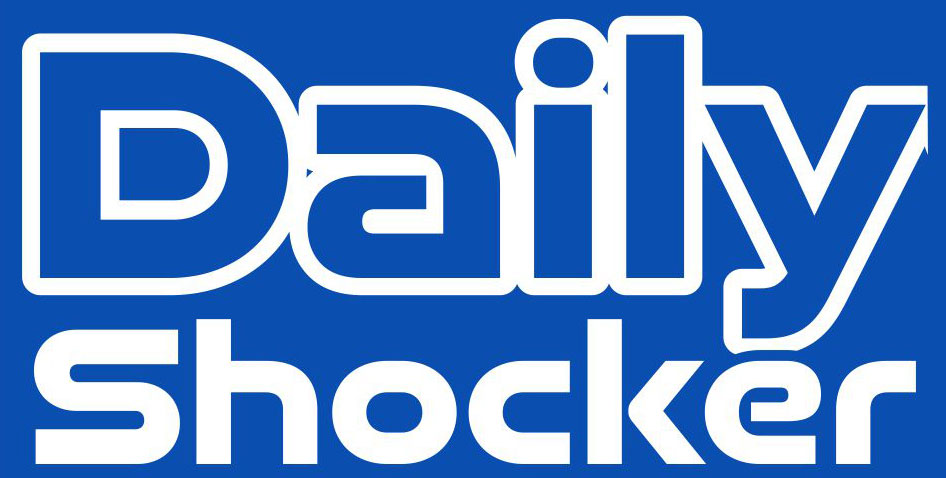
Barclays analysts expressed concerns over muted demand for Apple’s (NASDAQ:AAPL) iPhone 16, based on shorter lead times and weaker channel checks during the first week of pre-orders.
According to Barclays, early indicators are “not encouraging” for both the Pro and base models, with demand trailing last year’s iPhone 15 launch. The analysts highlighted significantly shorter wait times across key regions, particularly for the iPhone 16 Pro models. In the U.S., the iPhone 16 Pro Max had a wait time of 26 days during the first week, compared to 41 days for last year’s iPhone 15 Pro Max. The iPhone 16 Pro had an 18-day lead time, down from 25 days the previous year.
China, a critical market for Apple, also showed weaker demand, with the iPhone 16 Pro Max’s wait time falling to 18 days from 36 days for the iPhone 15 Pro Max. Barclays interprets the shortened lead times as a sign of “weaker-than-expected demand,” particularly in the U.S. and China, where consumer spending has softened.
Additionally, global pre-order volumes are estimated to be down by mid-teens percentage year-over-year, according to Barclays’ supply chain contacts. Compounding this, the roll-out of Apple Intelligence, a key feature of the iPhone 16, has been delayed until 2025 for markets such as China and parts of Europe, which could further temper enthusiasm for the new device.
Barclays noted that while the earlier launch of the iPhone 16 gives Apple two extra days of sales in the September quarter, this is unlikely to offset the weaker demand trends. With these challenges in mind, Barclays maintains its Underweight rating and $186 price target on Apple, suggesting that iPhone 16 demand may remain subdued unless sell-through improves in the months ahead.

